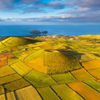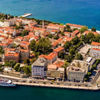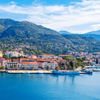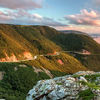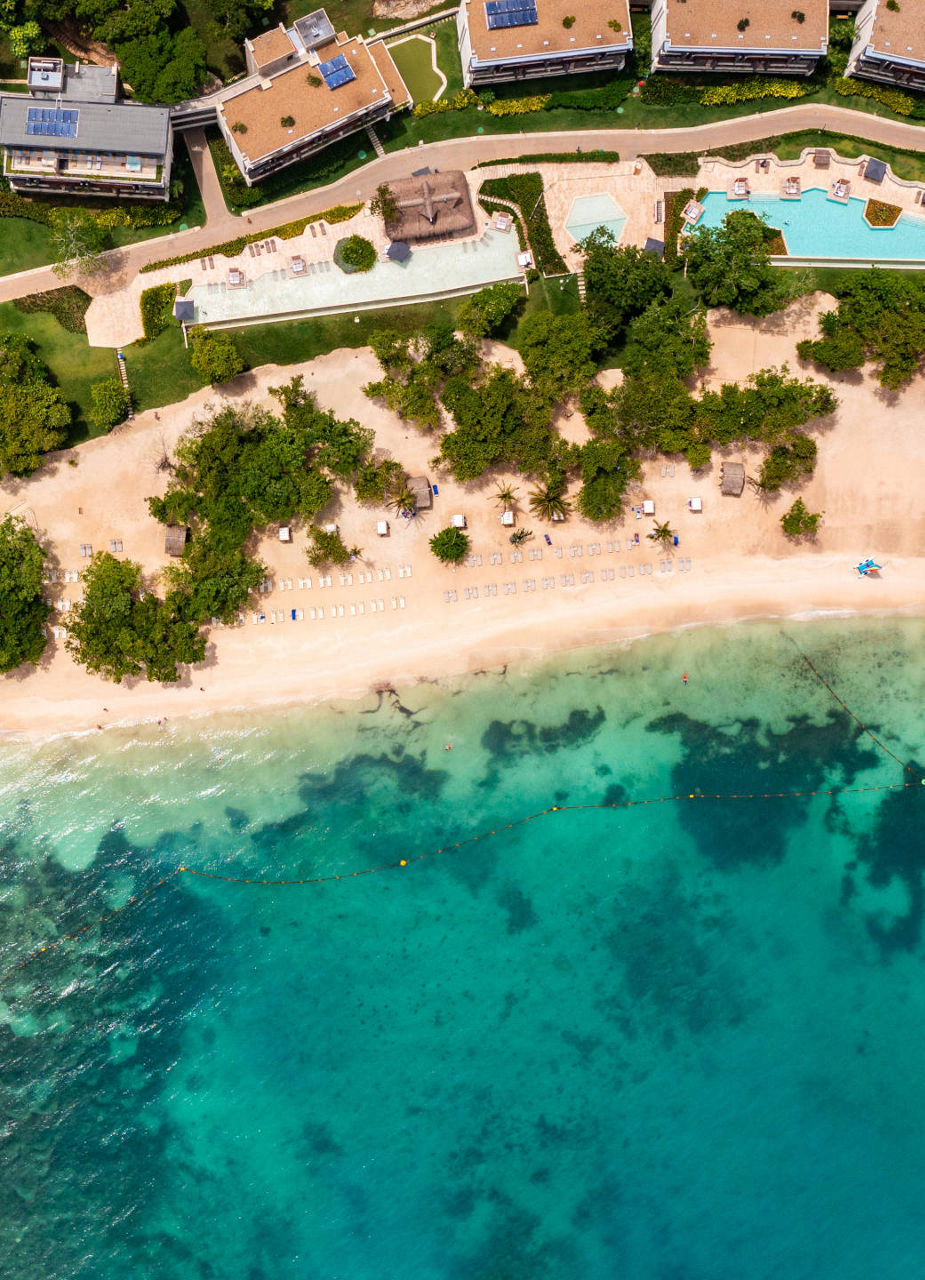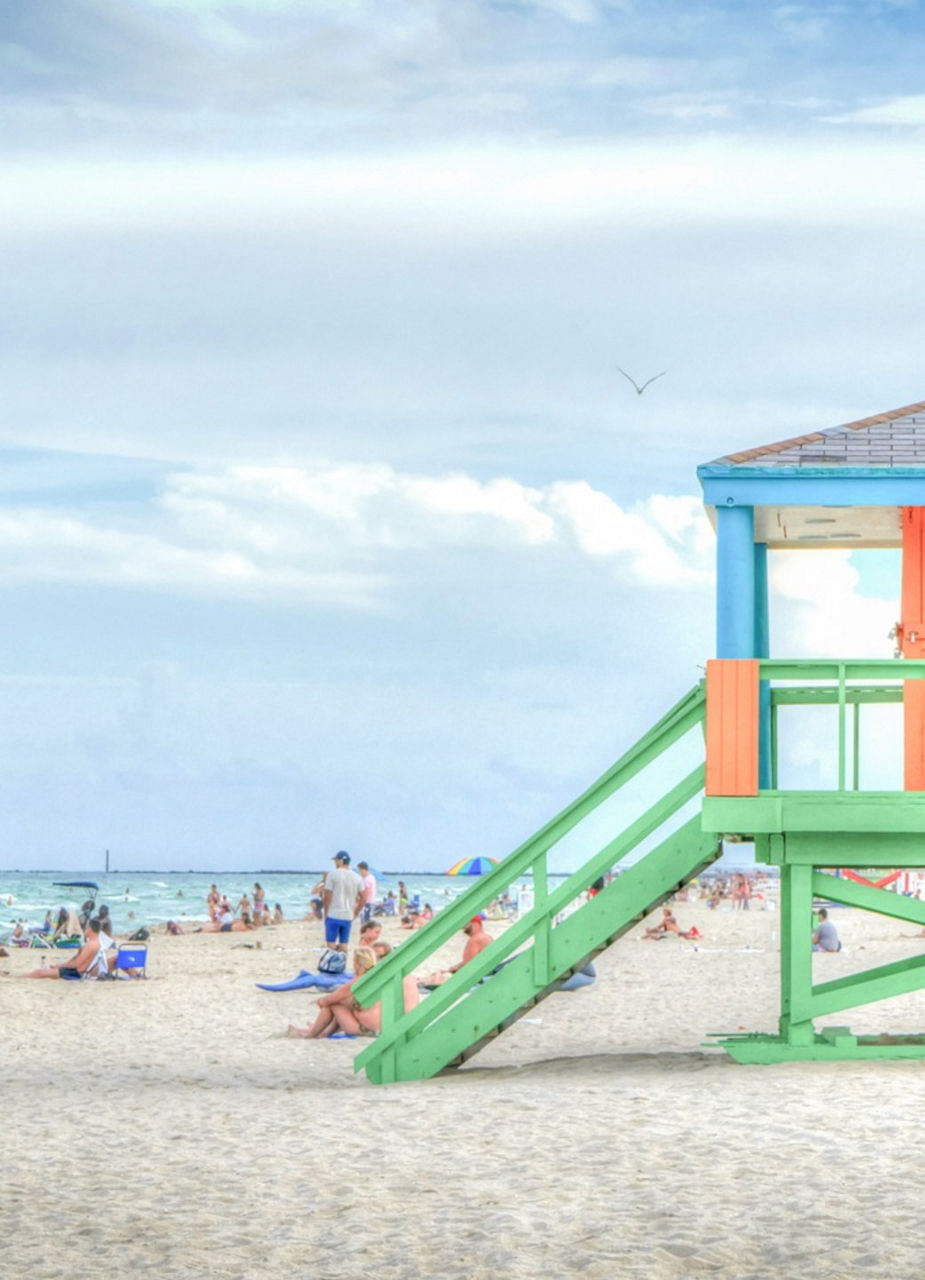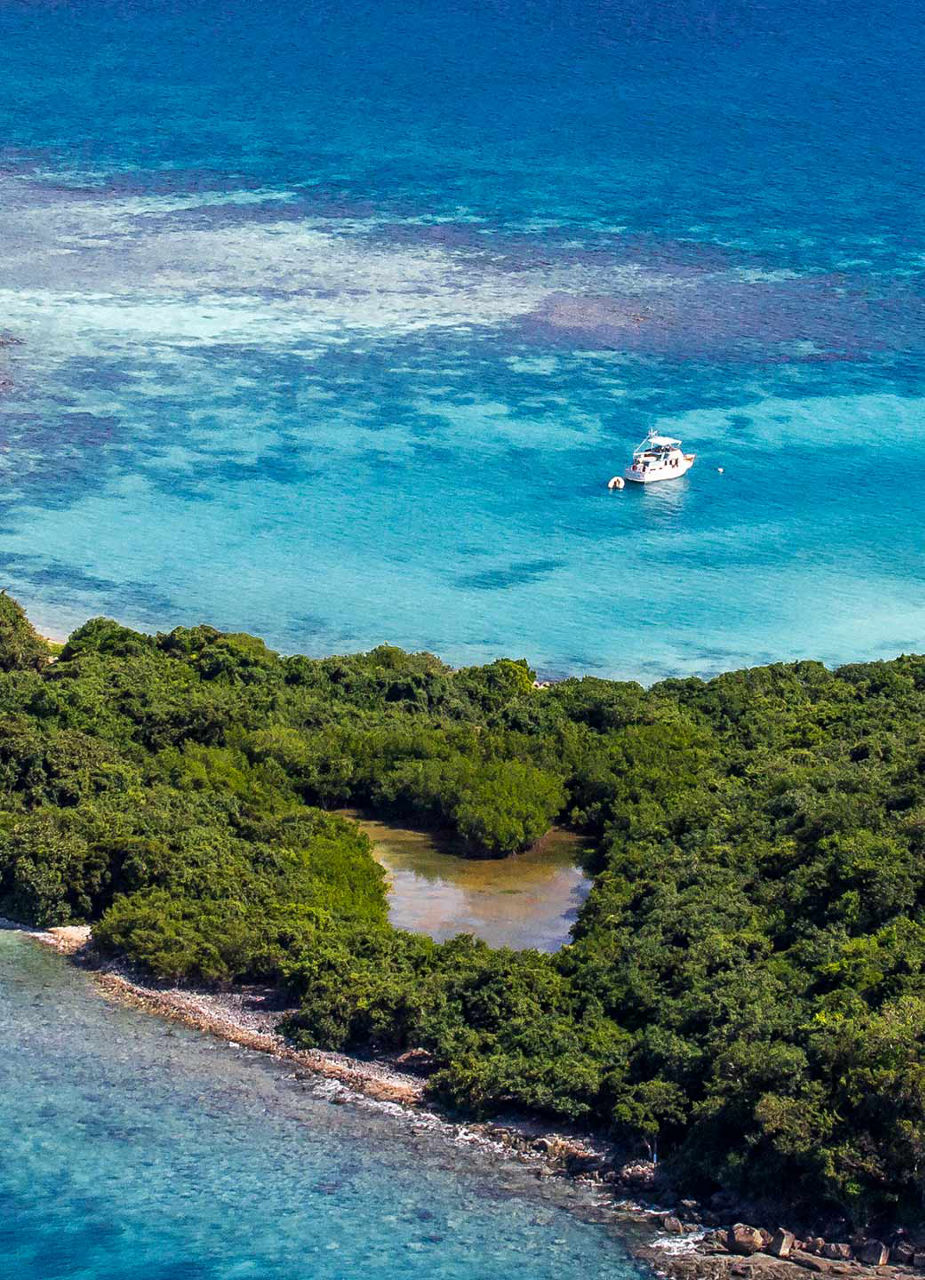
The most exciting destinations around Bogotá


Bogotá is not only as a metropolis colorful, extremely lively and in places slightly bizarre. Outside of Colombia's capital you can also discover new worlds and experience adventures. Get involved with Colombia and explore the most exciting destinations around Bogotá.


A house with history
The water of the "Salto del Tequendama" plunges 145 meters vertically into the depths. But here, barely an hour from the city, it has something else that attracts attention. Across from the waterfall, in close proximity to the abyss, is a fairytale villa that now houses a museum of biodiversity and culture. But it was not always possible to read diary entries of Alexander von Humboldt there. Built as a train station, known and loved as a resort for the rich, the "Hotel del Salto" had to close in 1980 due to water pollution. For 30 years it was left to its own devices and deteriorated into a "horror hotel". Today it enchants tourists from the inside and outside - so almost like before.


A big pinch of salt
The old town of the small municipality of Zipaquirá, about 45 minutes' drive from the Colombian capital, can certainly rival its big sister in terms of alleyways, bustle and grace. But it is most famous for its underground "Catedral de Sal": an eccentric combination of Catholic church and salt mine, thus a unique building. From the angel to the statue of the Madonna to the cross - everything in this underground place is made of sparkling salt crystals.

A real goldmine
The small mountain lake "Guatavita" is located 1.5 hours from Bogotá and is considered a sacred lagoon, because it is closely associated with the South American legend of El Dorado. Whether the new kings of the indigenous peoples daringly jumped into the lake during their sacrifice to the sun god or carefully washed the gold dust off their skin at the edge will probably remain a mystery forever. It is agreed, however, that they sailed into the middle of the "Laguna de Guatavita" on a lavishly decorated raft and that some of the gold sank to the bottom. No wonder that emeralds, coins and even nose rings have been discovered in the water. Maybe you will have a little luck finding gold during your trip to the lagoon.


Variety in the air
In the "Parque Natural Chicaque" it has an extraordinarily varied flora and fauna. In this region of South America, not only the smallest birds, but also the largest ones have their natural habitat. Follow the "Eagle's Peak Trail" for an unobstructed view of Bogotá's surroundings. If you're lucky, you may also see eagles or vultures, which are particularly fond of the park's higher elevations. If you're more sympathetic to hummingbirds, stay lower down - the tiny bird feels most at home surrounded by flowers and bushes.


Plaza or pool
A three-hour drive separates the municipality of Villa de Leyva from the capital Bogotá. It resembles a world of its own and is unmistakably reminiscent of the colonial era with its flat houses, white facades, archways and turrets. A special highlight within the city is the "Plaza Mayor", with 14,000 square meters the largest in Colombia. During your visit, be sure to take a tour of the man-made water basins "Pozos Azules" in the surrounding desert area, which fit neatly into the landscape and yet are all individually designed.


Steep steppes
"Cordillera Oriental" is a Colombian mountain range out of a picture book. It stretches infinitely over 1,000 kilometers from north to south and west to east, rising more than 3,000 meters into the air. Since the trip from Bogotá takes about three hours, you should plan a day trip to get to know the special features of nature. Ideal for this is the nature reserve "Paramo Iguaque, because it trumps with an ecosystem of a special kind, called "Páramo". From an altitude of 3,200 meters, the area has the character of a steppe: only grasses and shrubs survive, above all the pointed crested rosette trees.

Hiking in the desert
Anyone strolling through the bustling streets of Bogotá would hardly suspect that just 40 minutes from the city center is a desert landscape not made for human life. Bright orange, sharp-edged sand formations that are nevertheless soft as powder characterize the landscape of the "Desierto de Sabrinsky" and appear as if painted. Barren shrubs and tall cacti are of course not to be missed for the original desert feeling.
Header - Photo by Loren Bedeli (owned by Edelweiss)
Paragraph 1 - Photo by Mark Pitt Images on Shutterstock
Paragraph 2 - Photo by juancamilo on Adobe Stock
Paragraph 2 - Photo by andresnaviapaz on Adobe Stock
Paragraph 3 - Photo by Juan Camilo Bernal on Getty Images
Paragraph 3 - Photo by pierrick on Adobe Stock
Paragraph 4 - Photo by Heinner on Shutterstock
Paragraph 5 - Photo by Martin Mecnarowski on Shutterstock
Paragraph 5 - Photo by Edwin Martinez on Getty Images
Paragraph 6 - Photo by juan on Adobe Stock
Paragraph 6 - Photo by James on Adobe Stock
Paragraph 7 - Photo by K-PH on Adobe Stock
Paragraph 7 - Photo by Alanda Savat on Shutterstock
Paragraph 8 - Photo by julioclavijol on Adobe Stock

